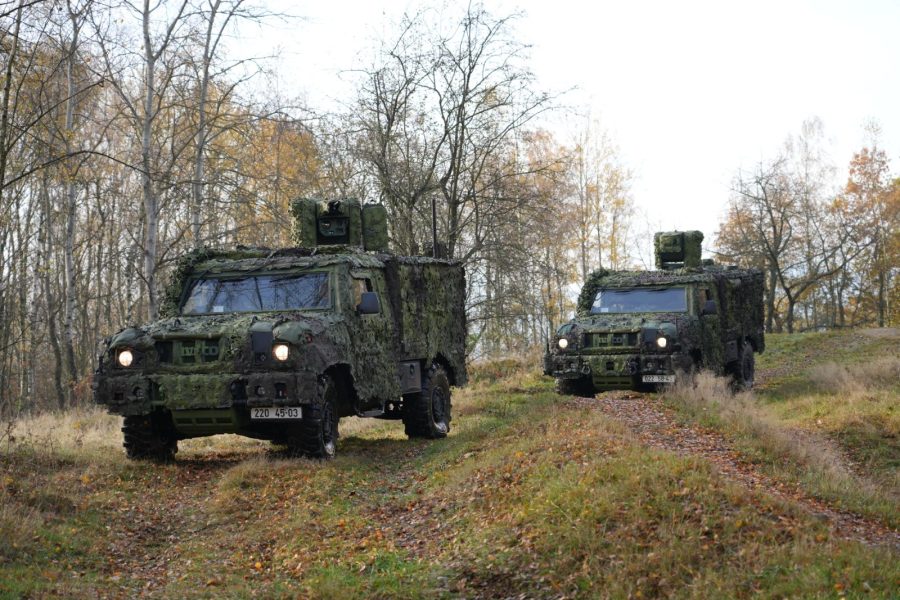
This set of the S-LOV-CBRN light armoured vehicle consists of the LOV-CBRN armoured vehicle and P-LOV-CBRN trailer. The LOV-CBRN armoured vehicle is mounted on the LOV IVECO M65E19WM 4X4 chassis. For the purpose of CBRN reconnaissance, it is equipped with a special automated CBRN body with integrated detection systems for chemical, radiation, biological and meteorological situation with the implemented information exchange with the on-board information system. The reconnaissance of contaminated and hard to access areas is provided by a reconnaissance robot. An autonomous CBRN monitoring module is used for a long-term autonomous CBRN monitoring. The S-LOV-CBRN set is designed for the execution of tasks of rchbpz units, in particular in the field of (a) mobile CBRN reconnaissance, (b) reconnaissance of contaminated areas, and (c) long-term monitoring of CBRN situation on an observation point. It can execute the tasks either independently or in co-operation with the LOV-CBRN II pair vehicle. The set can be controlled by means of a field command and control system from a command post or from a station of a computing and analytical device (VAP) with which it can share the actual information about a combat situation, actual CBRN situation and warning/alarm messages or signals.
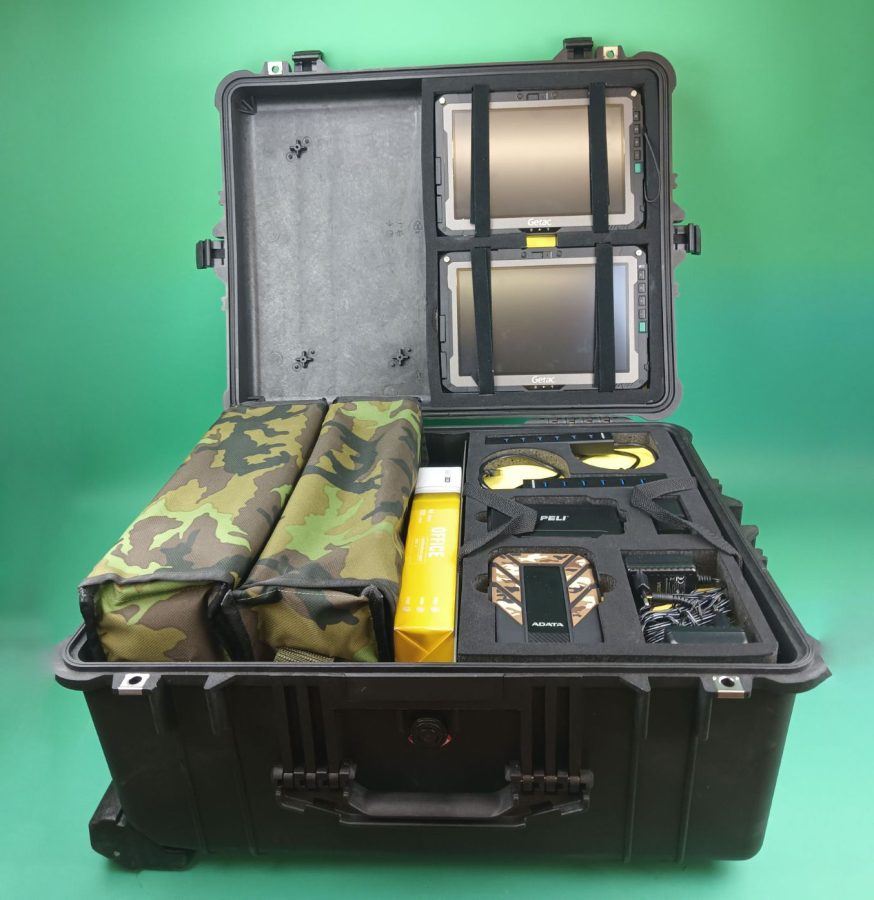
A modular device for qualified sampling and transporting of samples contaminated by chemical, radioactive and biological agents. It is designed for special SIBCRA teams of the Chemical Corps of the Armed Forces of the Czech Republic. This device fulfils all the technical criteria for sampling and transporting of samples according to AEP-66 publication. The MPOTV consists of special purpose modules by means of which the SIBCRA team can be variably equipped according to the mission type.
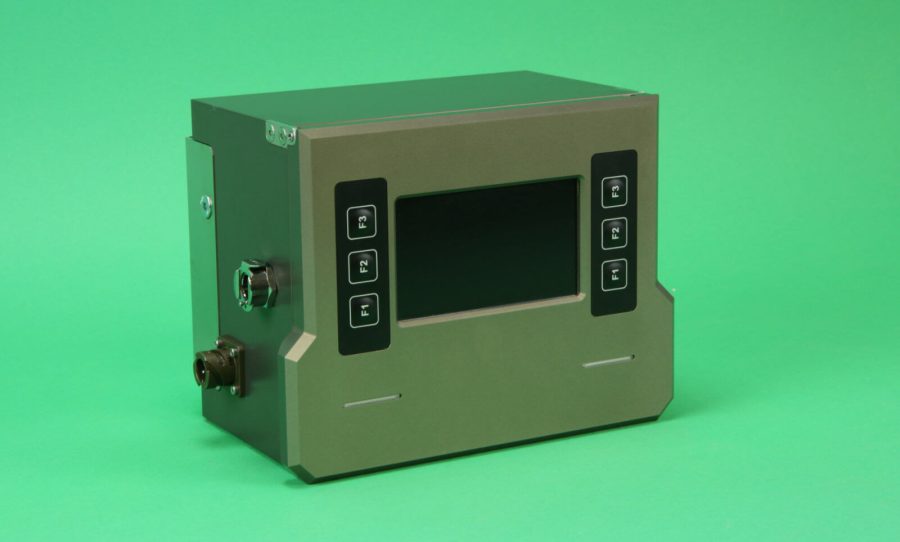
A high sensitivity detector of nerve agents designed on the basis of cholinesterase inhibition. It is intended mainly for chemical reconnaissance. It detects G-type and V-type agents and other cholinesterase inhibitors. The detector has an automated part of its detection system, including the evaluation, thus significantly simplifying the course of the whole detection process.
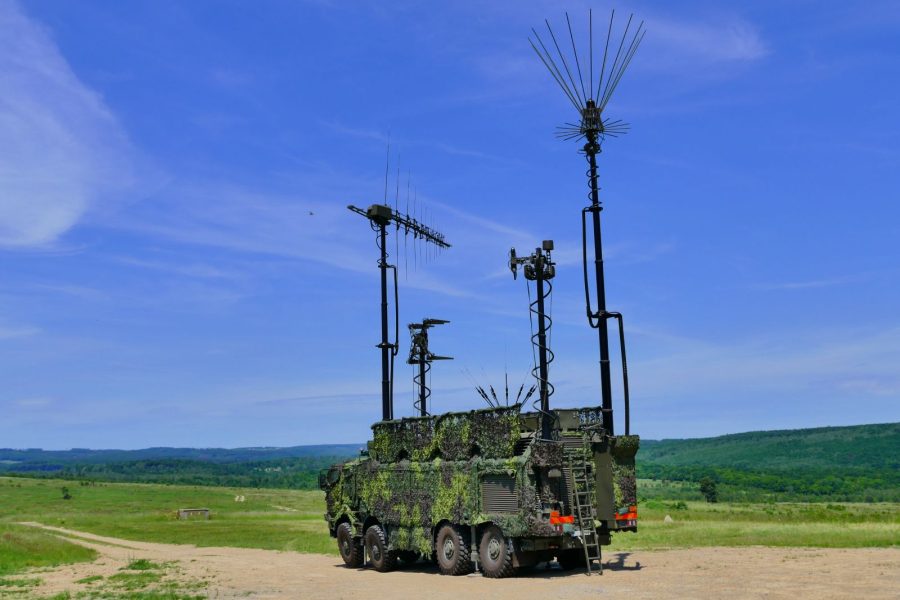
Highly mobile Communication Interceptors on T-815-7T3RC1 8×8 chassis platform with ballistic and mine resistance. It incorporates technologies to perform electronic attack, electronic surveillance and electronic protection tasks, all over a wide frequency spectrum, even while on the move.
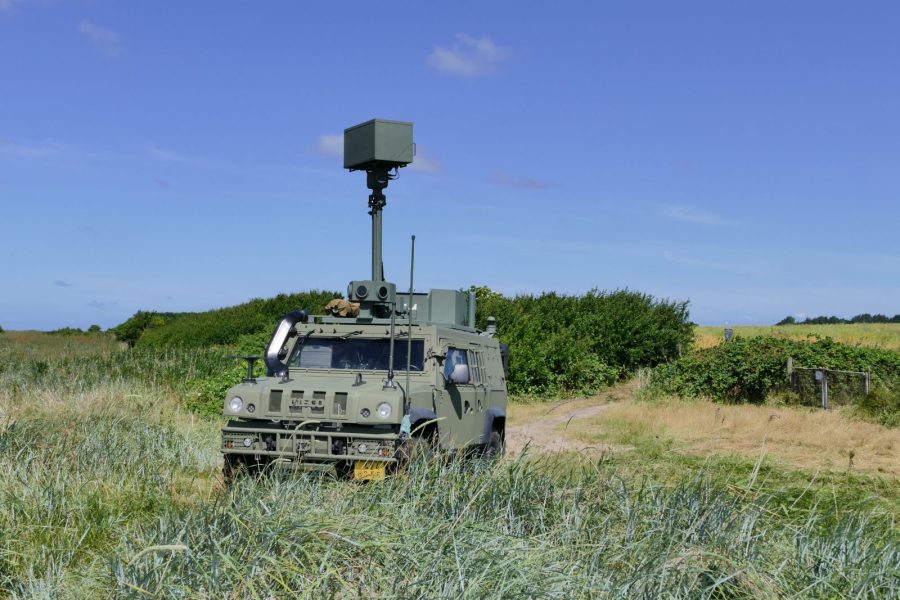
A tactical direction-finding ELINT system. A passive reconnaissance system designed for the detection, reconnaissance and identification of radar signals in frequency range 1–18 GHz and 32–38.5 GHz on the LOV IVECO M65E19WM 4X4 vehicle.
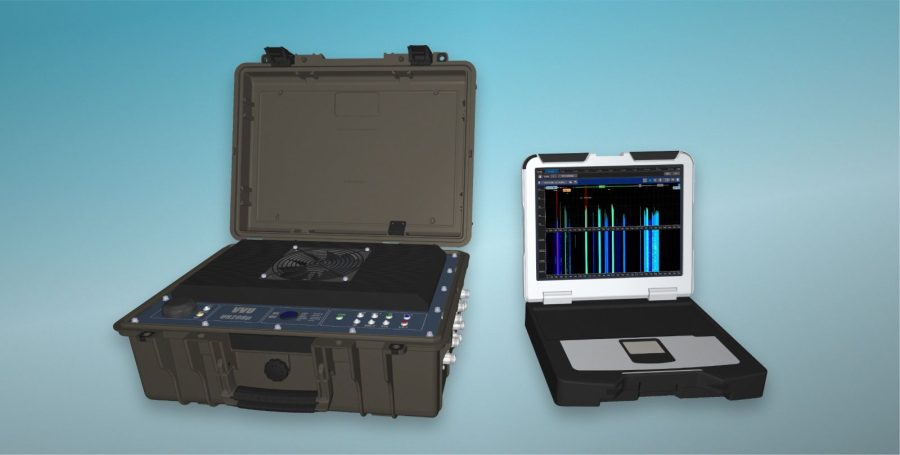
The UR206 receiver for receiving signals from 20 MHz to 6 GHz with a channelized preselector provides two parallel modes for frequency monitoring and spectrum scanning with a fully software-defined radio (SDR) architecture. The monitoring mode is designed for signal analysis (frequency spectrum measurement, recording of I/Q signal samples, and demodulation of CW, AM, FM, WFM, SSB, PM). The overview mode continuously scans the frequency spectrum for an overview of activity within it. The scan rate is extremely high, reaching 180 GHz/s, which represents a periodic spectrum update in the range of 1 GHz to 5.6 ms. Simultaneous and independent user access to the receiver is via a metallic or optical Ethernet interface. The instantaneous bandwidth of 200 MHz and the high sensitivity of the receiver provide a high probability of picking up even sporadic signals.
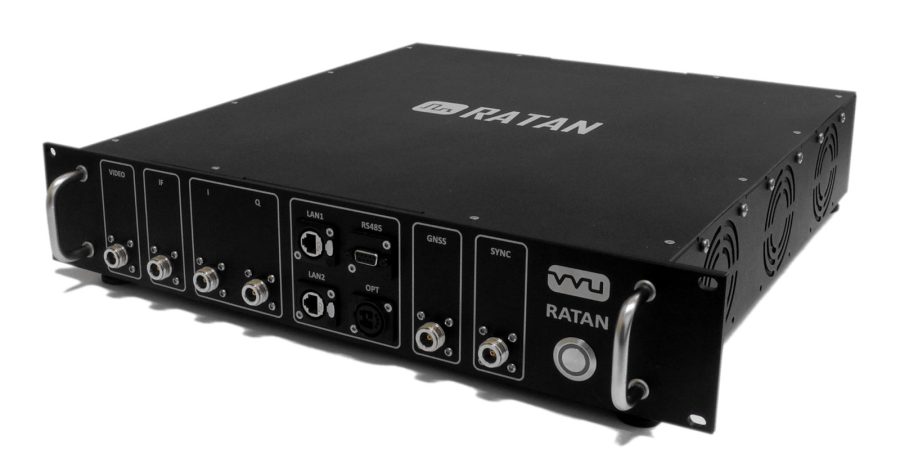
A radio signal analyser making it possible to analyse discrete-time and continuous-time signals at the level of intermediate frequency with adjustable bandwidth from 1 MHz to 200 MHz in the frequency range 0 to 500 MHz. Signals are processed digitally, either in real time (continually) or from a record after the mission is terminated. The analyser is controlled and data is transmitted to the computer through a standard network or USB 3.0 interface. It enables interoperable interconnection supporting the data format of CESMO network.
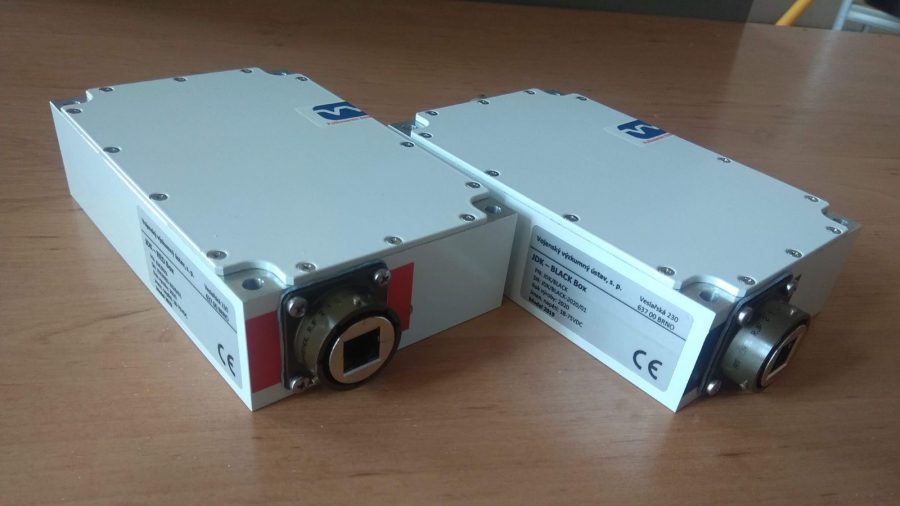
A device for one-way secured data communication of information systems with different security classification levels. One-way data flow from a system with a lower classification level to a system with a higher classification level. Galvanic separation of the system is secured by an optical cable.
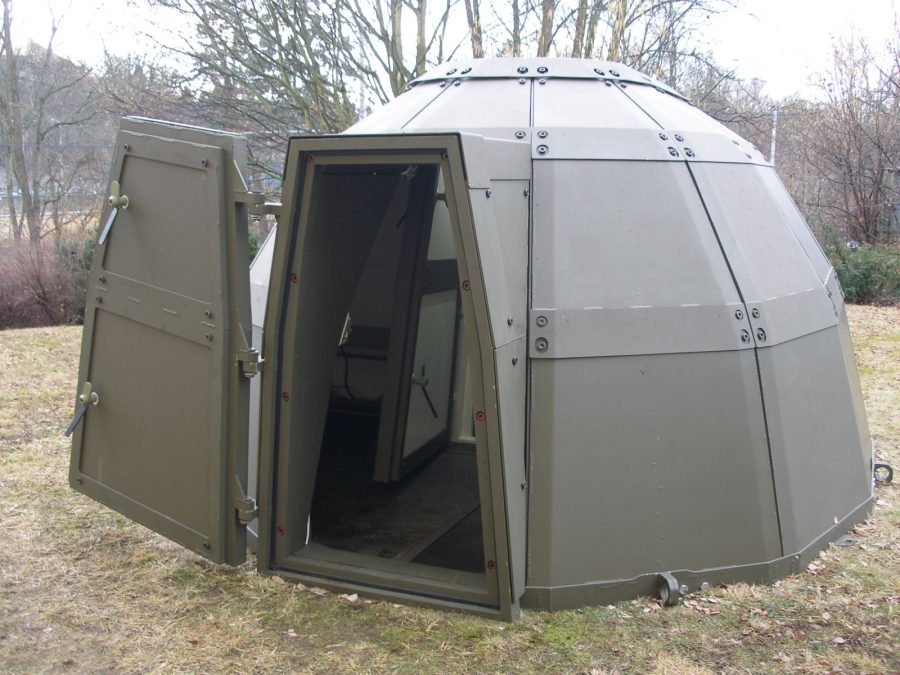
A special mobile shelter with excellent ballistic protection against the effects of explosion, shell fragments and smaller calibre projectiles, including armour-piercing ones. It is made of a modular design consisting of load-bearing sections made of aluminium alloy, and a protective shell from the so-called aluminium armour. The space between the inner and outer shell is filled with hard corundum balls. The basic version of IGLOO is designed for six persons. The space can be extended by additional modules. The advantages are easy handling and light weight.
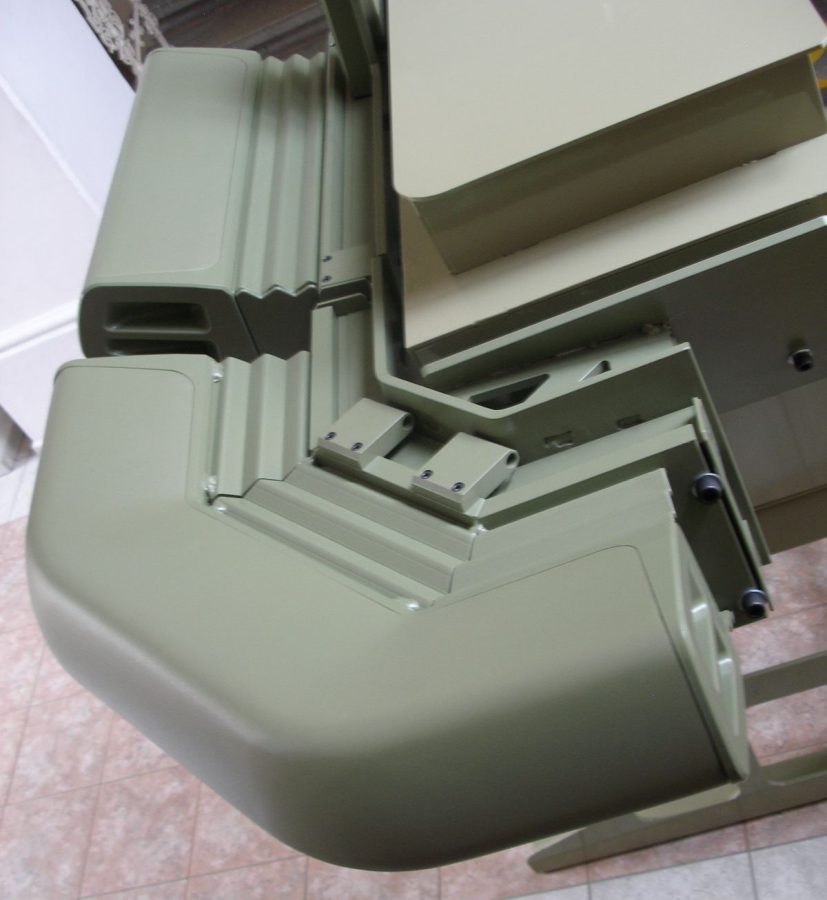
A system of the advanced active ballistic protection of vehicles against RPG and ATMs attacks. It consists of a sensor system, control unit and the proper countermeasure destroying EFPs in flight just before they strike the vehicle. It provides complete protection of the vehicle from all directions. It is applicable for light and medium armoured equipment.
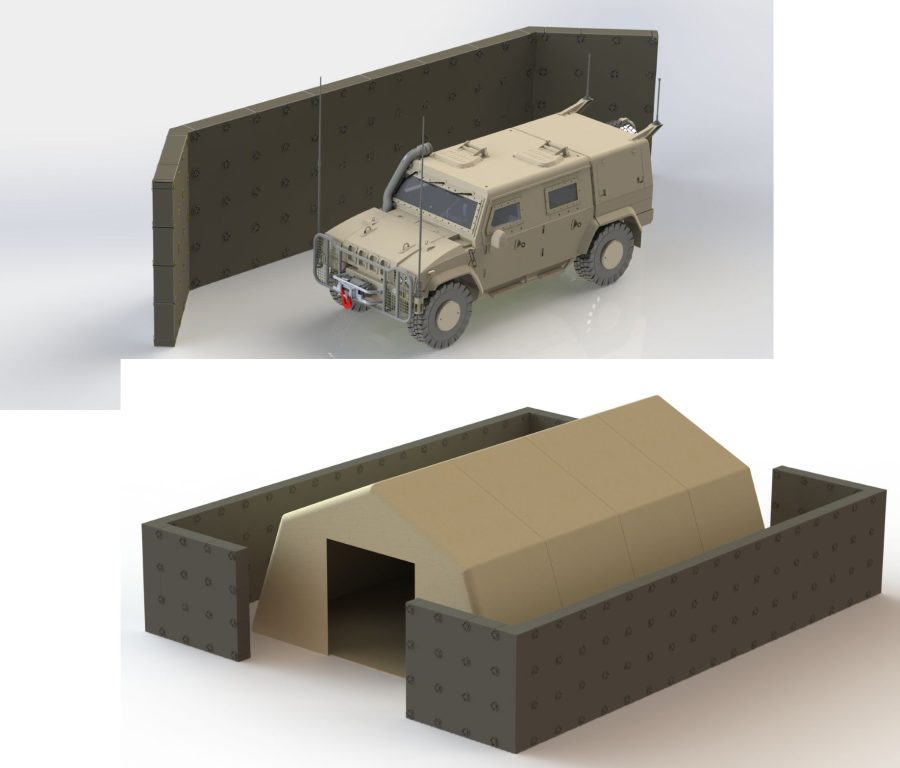
A set of technical means designed for the protection of critical military installations and infrastructure against vehicle penetration, the effects of explosion and gunning, fragments and RPG attack. OCHRAINFR contains 3 partial sets: the set of modular composite panels to protect structures/stationary vehicles, traffic safety barriers and the set of protective means against RPG to protect a perimeter.
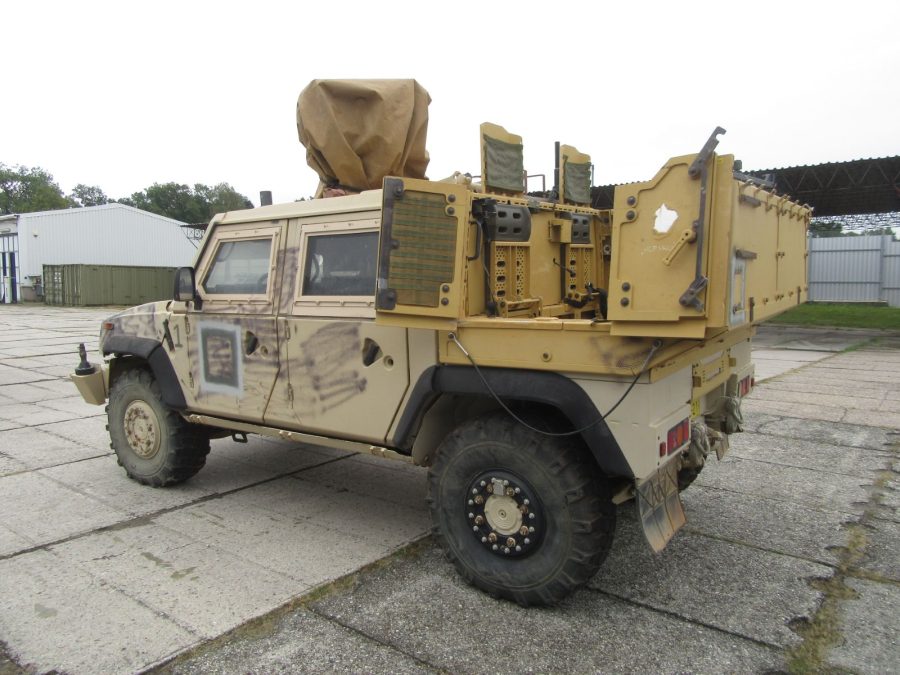
Conversion of the LOV IVECO M65E19WM 4×4 CZ/II ZST military vehicles to light armoured vehicles for special use. The purpose of technical evaluation is to improve situation and space awareness, to
increase combat efficiency by increasing fire power and to protect the crew by a ballistic proof body installed on the loading area of the vehicle back part, to improve the ability for driving under reduced visibility by installing IR LED lighting and to secure transportability of a wounded person on a stretcher and providing health aid during transport.